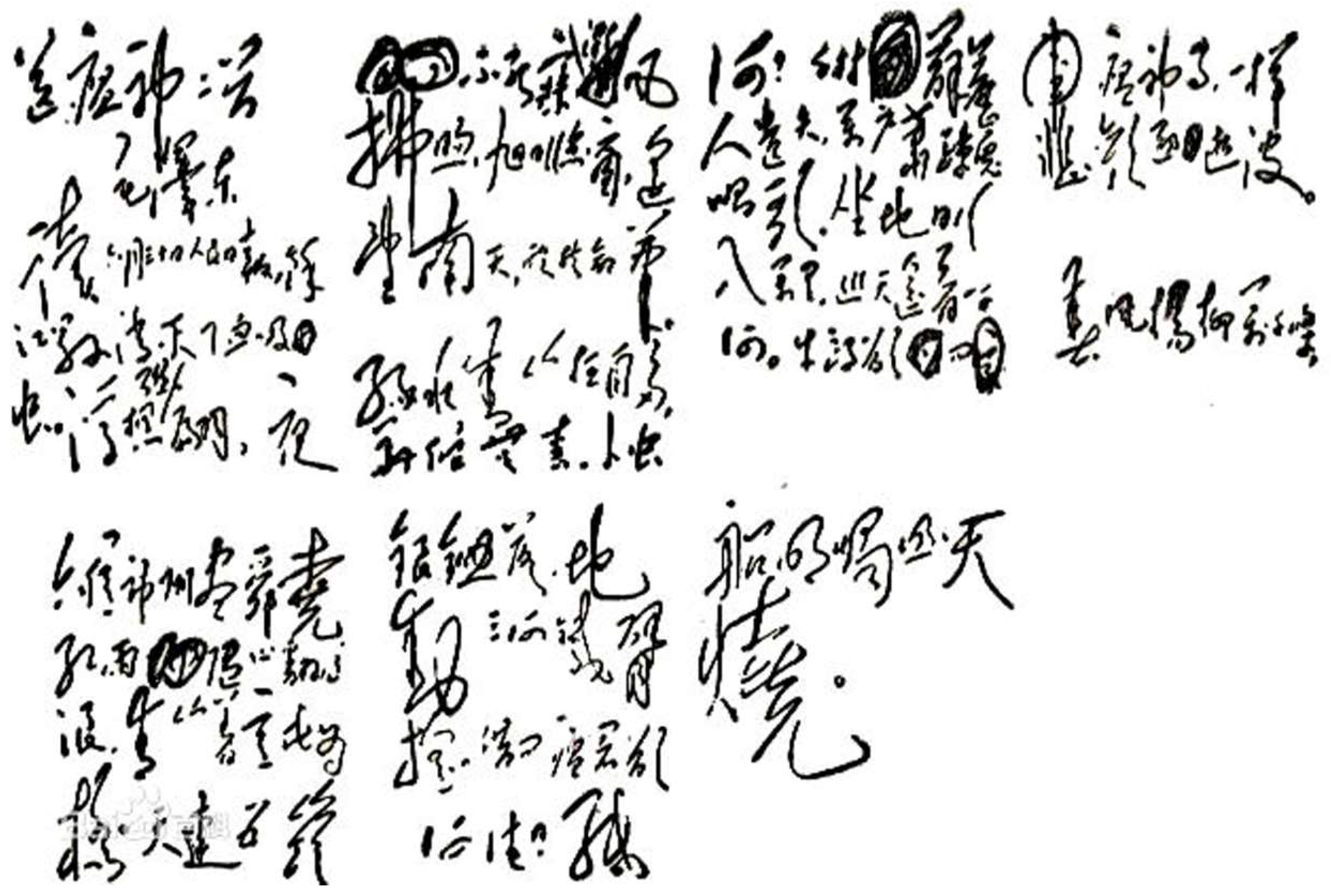“Farewell to the God of Plague”: The Importance of Political Commitment Towards the Elimination of Schistosomiasis †
Funding
Conflicts of Interest
References
- Berry-Cabán, C.S. Return of the God of Plague: Schistosomiasis in China. J. Rural Trop. Publ. Health 2007, 6, 45–53. [Google Scholar]
- Maegraith, B. Schistosomiasis in China. Lancet 1958, 1, 208–214. [Google Scholar] [CrossRef]
- Utzinger, J.; Zhou, X.N.; Chen, M.G.; Bergquist, R. Conquering schistosomiasis in China: The long march. Acta Trop. 2005, 96, 69–96. [Google Scholar] [PubMed]
- Wang, L.; Utzinger, J.; Zhou, X.N. Schistosomiasis control: Experiences and lessons from China. Lancet 2008, 372, 1793–1795. [Google Scholar] [CrossRef]
- Sandbach, F.R. Farewell to the god of plague--the control of schistosomiasis in China. Soc. Sci. Med. 1977, 11, 27–33. [Google Scholar] [CrossRef]
- Hou, T.C.; Chung, H.L.; Ho, L.Y.; Weng, H.C. Achievements in the fight against parasitic diseases in new China. Chin. Med. J. 1959, 79, 493–520. [Google Scholar] [PubMed]
- Wu, X.H.; Chen, M.G. Zheng, J. Surveillance of schistosomiasis in five provinces of China which have reached the national criteria for elimination of the disease. Acta Trop. 2005, 96, 276–281. [Google Scholar] [CrossRef] [PubMed]
- Zhou, X.N.; Guo, J.G.; Wu, X.H.; Jiang, Q.W.; Zheng, J.; Dang, H.; Wang, X.H.; Xu, J.; Zhu, H.Q.; Wu, G.L.; et al. Epidemiology of schistosomiasis in the People’s Republic of China, 2004. Emerg. Infect. Dis. 2007, 13, 1470–1476. [Google Scholar] [CrossRef] [PubMed]
- Collins, C.; Xu, J.; Tang, S. Schistosomiasis control and the health system in P.R. China. Infect. Dis. Poverty 2012, 1, 8. [Google Scholar] [CrossRef] [PubMed]
- Wang, L.D.; Chen, H.G.; Guo, J.G.; Zeng, X.J.; Hong, X.L.; Xiong, J.J.; Wu, X.H.; Wang, X.H.; Wang, L.Y.; Xia, G.; et al. A strategy to control transmission of Schistosoma japonicum in China. N. Engl. J. Med. 2009, 360, 121–128. [Google Scholar] [CrossRef] [PubMed]
- Xu, J.; Steinman, P.; Maybe, D.; Zhou, X.N.; Lv, S.; Li, S.Z.; Peeling, R. Evolution of the National Schistosomiasis Control Programmes in The People’s Republic of China. Adv. Parasitol. 2016, 92, 1–38. [Google Scholar] [PubMed]
- Lei, Z.L.; Zhang, L.J.; Xu, Z.M.; Dang, H.; Xu, J.; Lv, S.; Cao, C.L.; Li, S.Z.; Zhou, X.N. Endemic status of schistosomiasis in People’s Republic of China in 2015. Zhongguo Xue Xi Chong Bing Fang Zhi Za Zhi 2016, 28, 611–617. [Google Scholar]
- Zhang, J.L.; Xu, M.Z.; Qian, J.Y.; Dang, H.; Shan, L.Ü.; Jing, X.U.; Li, Z.S.; Zhou, N.X. Endemic status of schistosomiasis in People’s Republic of China in 2016. Zhongguo Xue Xi Chong Bing Fang Zhi Za Zhi 2017, 29, 669–677. [Google Scholar]
- Zhou, X.N. Tropical Diseases in China: Schistosomiais; People’s Medical Publishing House: Beijing, China, 2018. [Google Scholar]
- United Nations Sustainable Development Goals 2015. Available online: https://www.un.org/sustainabledevelopment/health/ (accessed on 28 July 2018).
- WHO. Healthy China 2030 (from Vision to Action). Available online: http://www.who.int/healthpromotion/conferences/9gchp/healthy-china/en/ (accessed on 20 August 2018).
- Sun, L.P.; Wang, W.; Zuo, Y.P.; Hong, Q.B.; Du, G.L.; Ma, Y.C.; Wang, J.; Yang, G.J.; Zhu, D.J.; Liang, Y.S. A multidisciplinary, integrated approach for the elimination of schistosomiasis: A longitudinal study in a historically hyper-endemic region in the lower reaches of the Yangtze River, China from 2005 to 2014. Infect. Dis. Poverty 2017, 6, 56. [Google Scholar] [CrossRef] [PubMed]
- Bergquist, R.; Zhou, X.N.; Rollinson, D.; Reinhard-Rupp, J.; Klohe, K. Elimination of schistosomiasis: the tools required. Infect. Dis. Poverty 2017, 6, 158. [Google Scholar] [CrossRef] [PubMed]

© 2018 by the authors. Licensee MDPI, Basel, Switzerland. This article is an open access article distributed under the terms and conditions of the Creative Commons Attribution (CC BY) license (http://creativecommons.org/licenses/by/4.0/).
Share and Cite
Chen, J.; Xu, J.; Bergquist, R.; Li, S.-Z.; Zhou, X.-N. “Farewell to the God of Plague”: The Importance of Political Commitment Towards the Elimination of Schistosomiasis. Trop. Med. Infect. Dis. 2018, 3, 108. https://doi.org/10.3390/tropicalmed3040108
Chen J, Xu J, Bergquist R, Li S-Z, Zhou X-N. “Farewell to the God of Plague”: The Importance of Political Commitment Towards the Elimination of Schistosomiasis. Tropical Medicine and Infectious Disease. 2018; 3(4):108. https://doi.org/10.3390/tropicalmed3040108
Chicago/Turabian StyleChen, Jin, Jing Xu, Robert Bergquist, Shi-Zhu Li, and Xiao-Nong Zhou. 2018. "“Farewell to the God of Plague”: The Importance of Political Commitment Towards the Elimination of Schistosomiasis" Tropical Medicine and Infectious Disease 3, no. 4: 108. https://doi.org/10.3390/tropicalmed3040108
APA StyleChen, J., Xu, J., Bergquist, R., Li, S.-Z., & Zhou, X.-N. (2018). “Farewell to the God of Plague”: The Importance of Political Commitment Towards the Elimination of Schistosomiasis. Tropical Medicine and Infectious Disease, 3(4), 108. https://doi.org/10.3390/tropicalmed3040108





